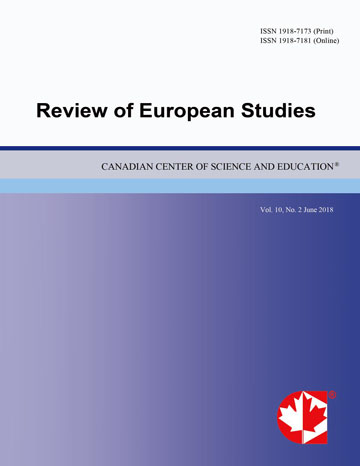Integration Processes in Education: Classification of Integration Types
- Albina R. Shaidullina
- Nailya A. Pavlova
- Venera N. Minsabirova
- Elena A. Burdukovskaya
- Aislu B. Yunusova
- Valeryi A. Letyaev
- Anton S. Afanasev
Abstract
The relevance of the stated problem is due to the fact that integration is a system formation that combines procedural and resulting components contributing to the appearance of a system’s new integrative quality, which cannot be reduced to the sum of the qualities of its autonomous elements. The paper presents a theoretical justification for the classification of types of integration: by quality characteristics of an integrated system (unproductive integration, quasi-integration, preproductive integration, productive integration); by presence of necessary components of an integrated system (full integration, partial integration, disintegration); by temporal characteristics of an integrated system (episodic integration, periodic integration, systematic integration); by types of integrating subjects (sectoral integration, inter-sectoral integration, allied integration). The article submissions represent a theoretical value to researchers concerned with integration issues, and also have practical significance for subjects of the integrated system of “education-production” in order to prepare specialists meeting the requirements of modern production.
- Full Text:
 PDF
PDF
- DOI:10.5539/res.v7n4p27
Index
- ACNP
- CNKI Scholar
- DTU Library
- Elektronische Zeitschriftenbibliothek (EZB)
- EuroPub Database
- Excellence in Research for Australia (ERA)
- Genamics JournalSeek
- Google Scholar
- Harvard Library
- HeinOnline
- Infotrieve
- JournalTOCs
- Mir@bel
- Open policy finder
- RePEc
- ResearchGate
- ROAD
- Scilit
- Technische Informationsbibliothek (TIB)
- The Keepers Registry
- Universe Digital Library
- WorldCat
Contact
- Paige DouEditorial Assistant
- res@ccsenet.org
